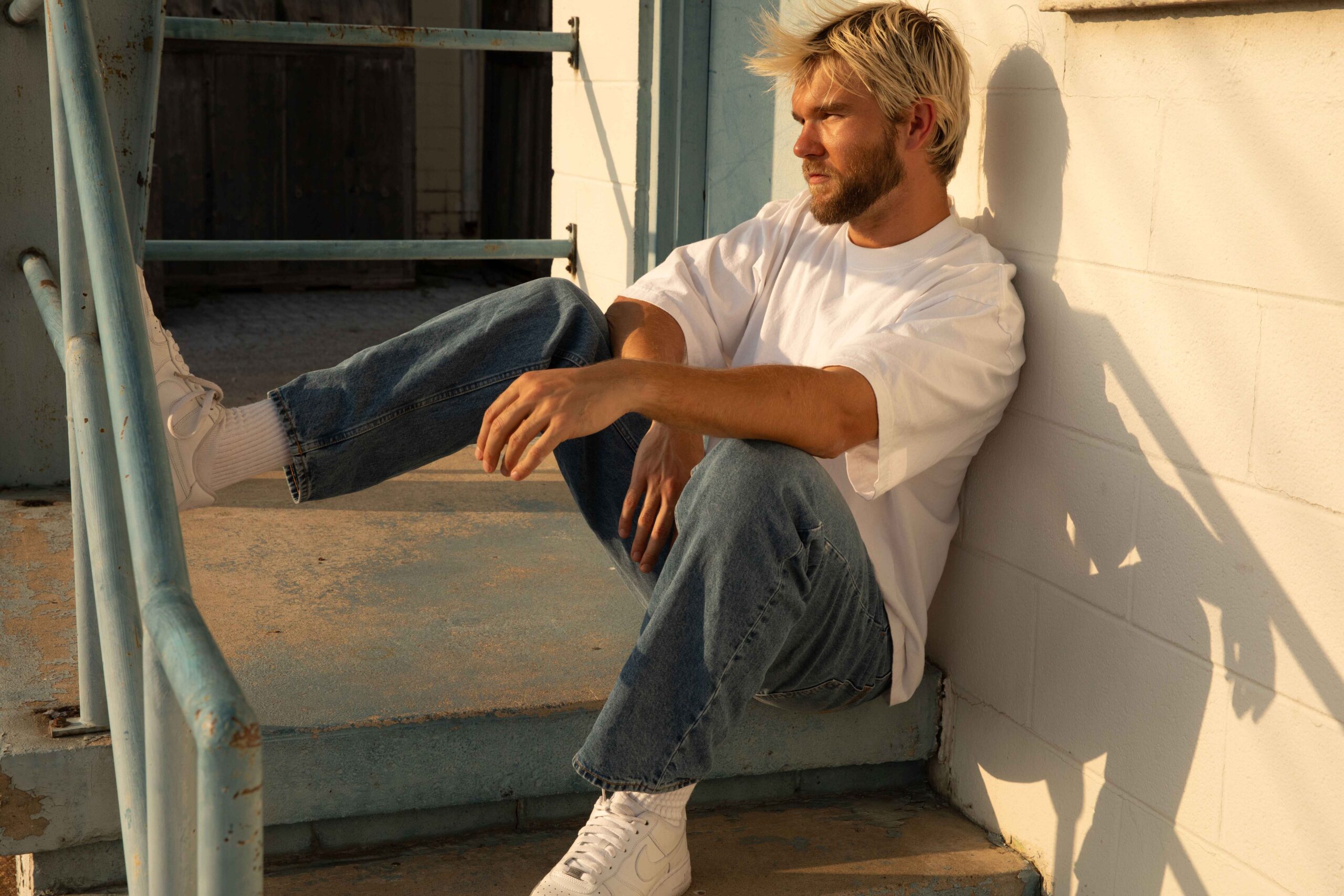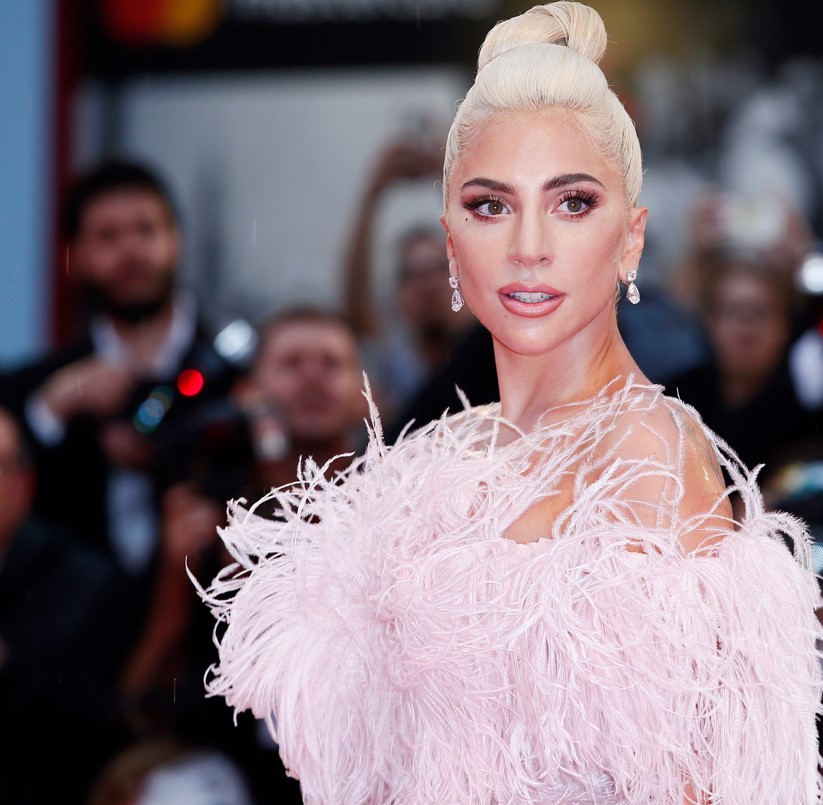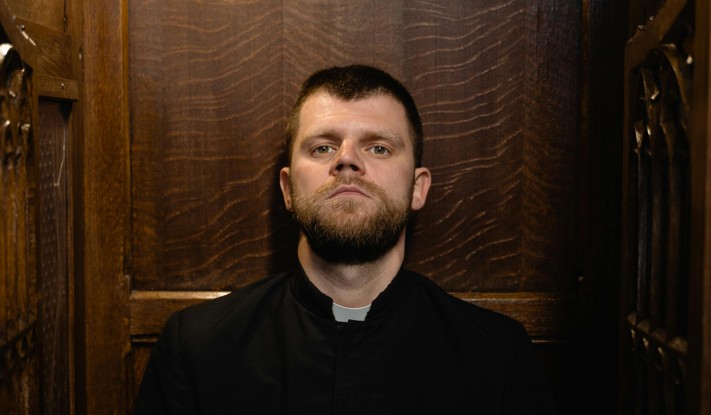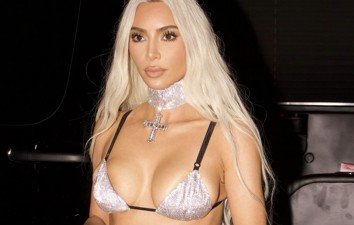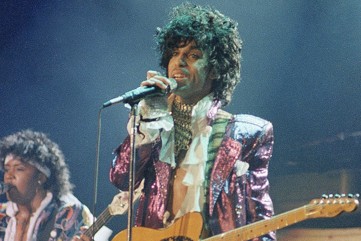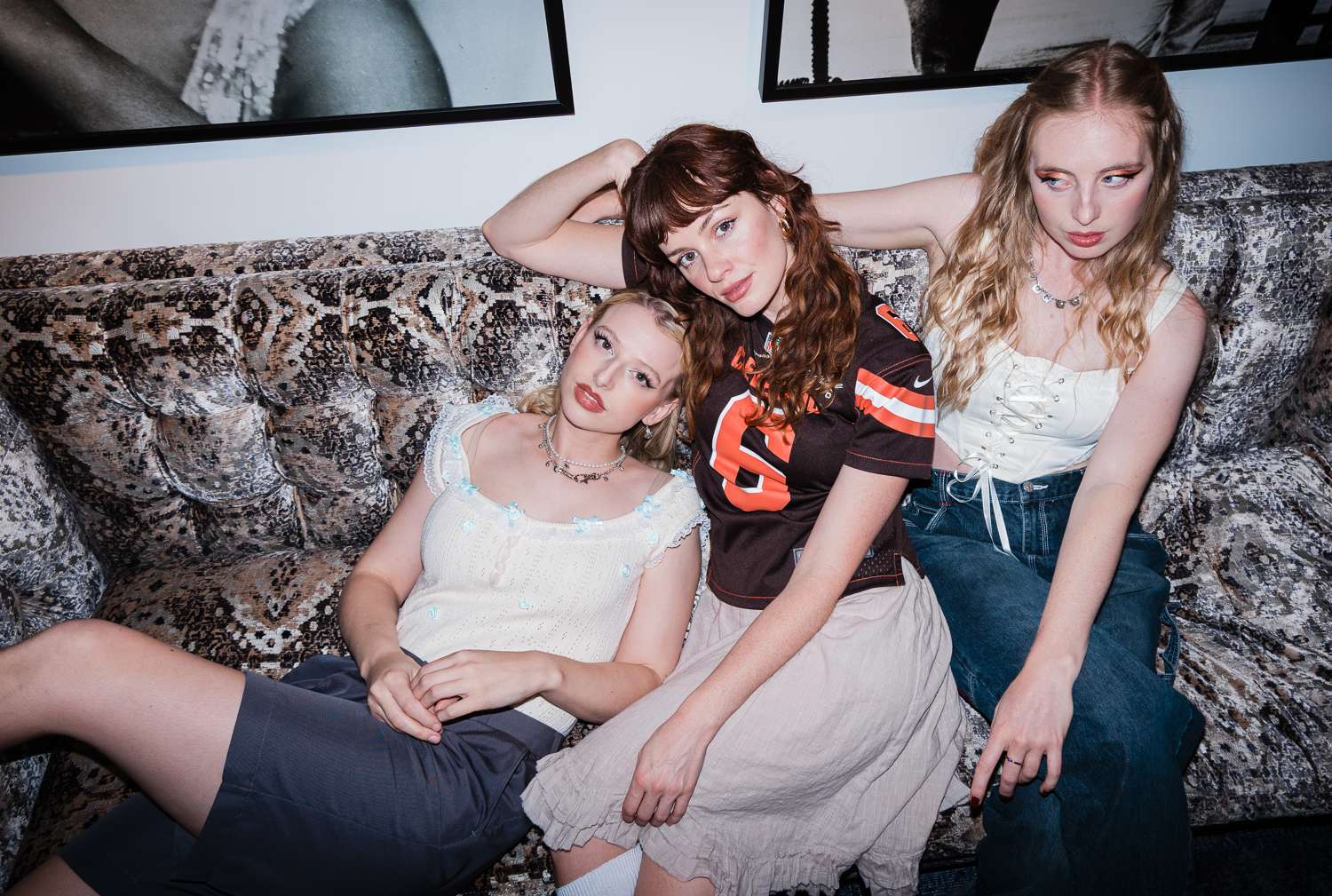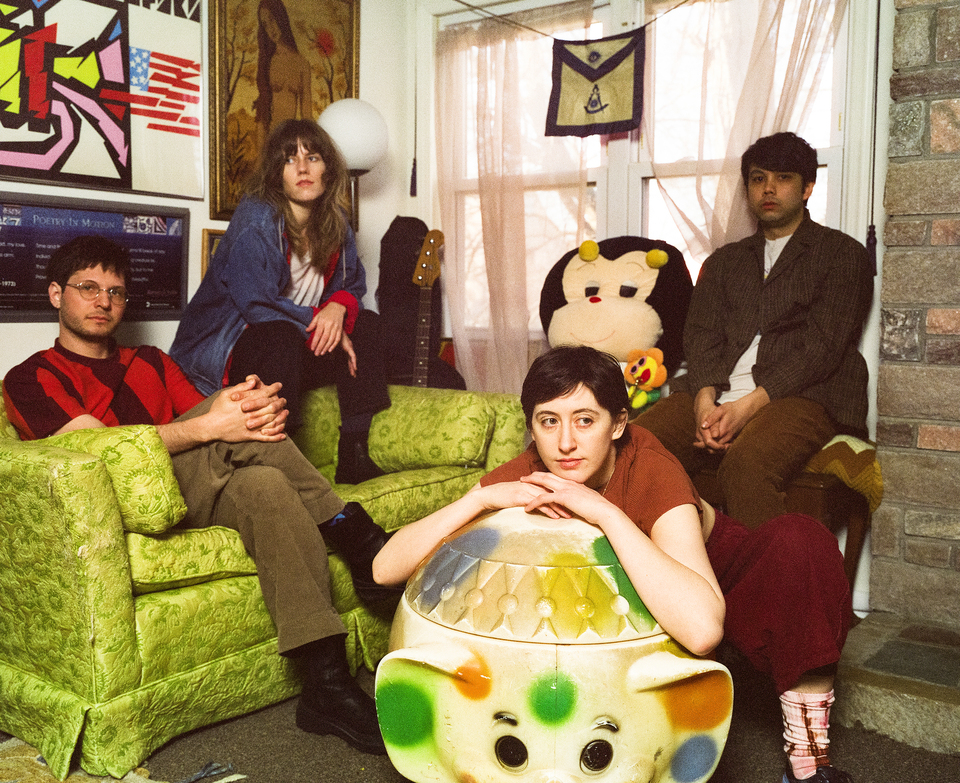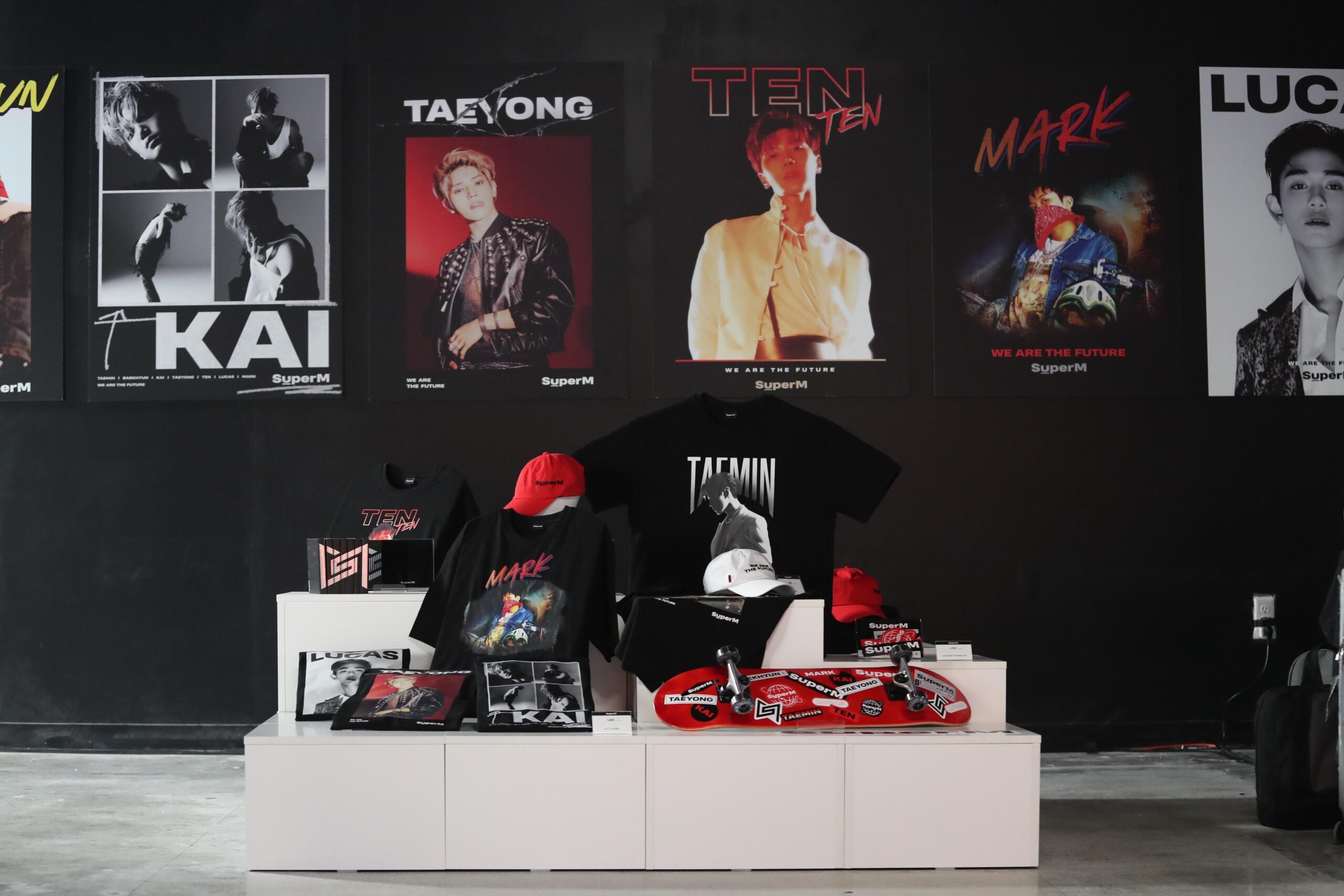
Photo by Joel Muniz on Unsplash
When TIME Magazine awarded BTS the title of Entertainer of the Year 2020, no one was surprised.
For the past two years, BTS has dominated in a way the world hasn’t seen since The Beatles. Perhaps it even seemed that BTS came out of the void, perfectly formed, an Adam given the spark of life by the God of all-that-is-swoon-worthy in pop music.
But most Kpop fans are either too young or too new to realize that (and this statement is not an exaggeration): you cannot understand BTS if you don’t understand early 1990s boy bands.
For me, a Korean-American and OG Kpop fan, I’ve watched Kpop from its inception. Even up to 2008 (remember that YouTube came about in 2005), international fans were mainly us gyopo 교포, the Korean diaspora. If you were lucky enough to live in a sizeable Korean community, there was a local Korean grocery store (in the D.C./VA/MD tri-state area, we had several stores called Korean Korner and HMart) where we could rent VHS tapes of Kdrama and pop music show broadcasts. You’d go home with 20 bulky tapes, and watch those grainy performances over and over again, ignoring the ghostly outlines of the previous stuff that they had been recorded over.
Even though the Kpop industry is only about 30 years old, Koreans have been nostalgic for Kpop “oldies,” i.e. Kpop from the 1990s, for a while now. (Kpop is separated into “generations” of 10 years, so the bands that debuted in the 1990s are called 1세대 first generation, those who debuted from 2000-2010 are 2세대 second generation, etc.). The first generation of Kpop bands is often overlooked in the West, because it was pre-Hallyu Wave.
But these first-generation boy bands created the blueprint for superstar bands like BTS, ATEEZ, and Stray Kids—not only stylistically, but also because the actual members of these bands would later create the record labels, the songs, and the foundations that would shape the trajectory of Kpop all the way to today.
Before Kpop, there was…Kpop?
Of course there was pop music in Korea before the 1990s, but it was dominated by solo artists doing power ballads or singing 트로트 trot, which is kind of like Korean blues music. This blandness was due to a helluva lot of censorship from the government. Japan had annexed Korea from 1910 to the end of World War II in 1945, and during that time, much of the Korean language and indigenous Korean culture had been suppressed.
Then the Korean War broke out in 1950, ending with a ceasefire in 1953 that broke apart the country into North Korea and South Korea. At this point, the South Korean government really wasn’t in the mood for the counterculture, or even any artistic experimentation, sweeping America and Europe.
All this implies something I want to really stress: the first generation Kpop boy bands had their formative years during a time when Korea was a military dictatorship. If they lived in a big city, they had to participate in blackouts, even up to the late 1980s, where high-rise apartments would cut out their electricity as a drill in case North Korean planes came in for a sneak attack. In fact, BTS’ youngest member, Jungkook, was born in 1997, barely a decade after Korea ditched its military dictatorship.
You can hear the change in Korean music starting to happen around the time Korean transitioned from military dictatorship to democracy.
South Korea is a relatively small country, and because of strict government control, most Koreans watched the same TV shows. No doubt most people watched a yearly competition called “Campus Song Festival,” in which Korean universities would showcase their promising young musicians.
In 1988, Shin Hae-Chul and his band, 무한궤도 Muhangwedo (Infinite Track), won first place with 그대에게 (For You), a song so influential in its expressive, youth-driven performance and sound that it changed the landscape of Korean pop music.
This scene from the 2015 Korean TV series “Reply 1988” shows how the youth of Korea seemed to “wake up” thanks to 그대에게 (For You).
신해철 ′무한궤도′에 대환호하는 아이들🤩 전주만 들어도 울컥하는 ‘그대에게’ [#응답하라1988]www.youtube.com
A lot of these 1980s songs are still bops, and a good portion of my karaoke set is based on the 1980s, especially the songs of the legendary 조용필 Jo Yong Pil, who sang a hybrid 트로트 trot/rock style.
조용필 Jo Yong Pil – 그 겨울의 찻집 The tea house in winter (1993)
The following cover of the above song is by 더 원 The One, and shows how, even when modernized, 트로트 trot is essentially the musical equivalent of 한 han, an emotion that has no easy translation in English. 한 han is considered a uniquely Korean hybrid of anger, resentment, and almost unbearable suffering, thanks to intergenerational trauma. It simmers under the surface of all that is Korean, and it’s said that all Koreans are born with poetic rage and flair for drama in their blood. In fact, many people attribute the very popularity of Kpop to the emotive nature of this 한 han, which lends a charismatic bite that transcends language. Even in “happy” 트로트 trot songs, you feel like there is some storm cloud in the distance, ready to f*ck up some sweet bride’s wedding. Or at least just f*ck her until she passes out in pleasure.
The One – The tea house in winter, 더 원 – 그 겨울의 찻집, Yesterday 20140201
The influence of 트로트 trot, a musical style that became popular in 1940s Korea, cannot be discounted in 1990s Kpop. If you speed up 트로트 trot and add in a dance beat, rap verse, and good-looking boys dancing…you have the first generation of Kpop boy bands.
The Very First Kpop Boy Band (cira 1987)
In 1988, three young men in matching, fashionable outfits and synchronized dance came out with a song about unrequited love at a party. Calling themselves 소방차 Sobangcha (Firetruck), they were a phenomenal success, stealing the hearts of countless teenage Korean girls.
The band’s mix of easy Korean sounds and choreography, no doubt influenced by American disco and even a bit of hip hop, meant that these teen girls had never had such an exciting spectacle before. Instead of sulky ballads or the impassioned 트로트 trot that they listened to with their parents, these young girls finally had a group all to themselves.소방차 – ‘어젯 밤 이야기’ [가요톱10, 1988] | Sobangcha – ‘Story of Last Night’www.youtube.com
The popularity of the song “어젯 밤 이야기 (What Happened Last Night)” was unprecedented amongst this rabid fan group (teen girls). The band’s success generated flashing dollar sign (or won₩ signs) in the eyes of record label executives, who would spend quite a while trying to create their own boy bands. However, unlike in Japan, where big conglomerates had successful record labels, the Korean Kpop industry would be dominated by labels started by people who had some background in music. For example, 소방차 Sobangcha’s label, DSP, would be a very influential Kpop hit maker
On point with the trend of nostalgia in Korea, Kpop superstar IU covered “어젯 밤 이야기 Story of Last Night” in 2017, in a super catchy cover remake (make sure you turn on the English CC to see translated lyrics):
[MV] IU(아이유) _ 어젯밤 이야기 [Eojetbam Iyagi] : Last night storyyoutu.be
If you want to see close to 40 minutes of unironic late 80’s cravats and shoulder pads, you can watch this compilation of 소방차 Sobangcha performances. They are all sorts of adorable.
대한민국 최초의 아이돌 댄스그룹 소방차 노래모음 | Sobanghcha | KBS 방송
The Precursor to Kpop as We Know it: Dancing was Everything (circa 1990)
Another record label created in the late 1980s was SM Entertainment (yes, the SM Entertainment that is home to EXO, NCT, and second-generation legends like Girl’s Generation and SHINee).
Their first artist was 현진영 Hyun Jin Young and his backup dance team, called WaWa. Although Hyun Jin Young the artist is of little influence in Kpop, he’s notable for what he represented for the future of boy bands: the start of the great empire of SM Entertainment, the emphasis on Western musical influences, and the fact that two of his backup dancers would later form DEUX, one of the great first-generation Kpop groupsThe mold was cast: you don’t have to be the best singer, but if you can’t dance, you can’t do Kpop. Periodt. This performance of “슬픈마네킹 Sad Mannequin” from 1990 is one of the early prototypes.
현진영과 와와-슬픈마네킹 Sad Mannequin
Everything Changes with 서태지와 아이들 Seo Taiji and Kids (circa 1992)
There was Korean pop music before, but 1992 was Year Zero in terms of Kpop as we know it and love it today. It happened with 서태지와 아이들 Seo Taiji and Kids, and their debut song “난 알아요 I Know.”
서태지와 아이들 – ‘난 알아요’| Seo Taiji and Boys -‘I Know’ 【KBS 토요대행진, 1992】
Check out their viral dance at 01:58. All the teenage boys were doing this dance at the time, and even today, you’ll see this dance being done as part of variety shows and everyone knows it’s a homage to 서태지 Seo Taiji.
And yes, the guy on the left is Yang Hyun-suk, who would later go on to be founder of YG Entertainment, the record label of BLACKPINK and second-generation legends like Big Bang and 2NE1.
Lead singer/rapper 서태지 Seo Taiji, as an artist, has been part of the vanguard of several musical genres, including heavy metal; before forming 서태지와 아이들 Seo Taiji and Kids, he was part of the first Korean heavy metal band, 시나위 Sinawe. To say that this song, this performance, and this group was a game changer would be an understatement. If you compare every detail of 서태지와 아이들 Seo Taiji and Kids to every artist before, it’s as if they had dropped in from another galaxy. The beginning section sounds like a sample from NWA, but then by the chorus, it changes over to a Lisa Lisa-esque freestyle. And the rap lyrics are almost puppy-love esque, like a young LL Cool J:
오 그대여 가지마세요나를 정말 떠나 가나요오 그대여 가지마세요나는 지금 울잖아요
Literal translation (by me) of the chorus:
Oh, please don’t goAre you really leaving meOh, please don’t goI’m crying right now
However, lest we think our boy 서태지 Seo Taiji only wrote saccharine love raps, he was also one of the first lyricists to write about the frustrations of Korean youth. When the newly democratic Korean government tried to censor him, 서태지 Seo Taiji more or less told them to f*ck off. And his influence and popularity with young people was so profound that the government decided to let 서태지 Seo Taiji do what he wanted.
There was a swagger about 서태지와 아이들 Seo Taiji and Kids that was distinctly Korean, even though the Western influences were also blatant. The fashion worn by the group in the song “환상 속의 그대 You in the fantasy” is peak early 1990s Kpop fashion, with the super baggy pants, the backpack as a middle-finger to the good student stereotype, and the cute stuffed animals clipped on the outfit.
Taijiboys – You in the fantasy, 서태지와 아이들 – 환상 속의 그대, Saturday Night Music
서태지 Seo Taiji’s use of heavy metal and rap is very apropos in “하여가 Hayeoga,” and we can especially see the bboy influences in the group. During this time, the Itaewon district of Seoul was home to the underground breakdance scene, which is where the group cut their teeth and their moves.
Today, Itaewon is a hot spot for some of the best nightlife in Seoul, but back in the 1980s and 1990s, it was a grimy area next to the American military base, an area for the rebellious kids and outcasts and foreigners in Korea to congregate together around their love of hip hop music and culture.
서태지와 아이들 – ‘하여가’ | Seo Taiji and Boys – ‘Hayeoga’ 【가요톱10, 1993】
Perhaps the most infamous Seo Taiji song is “컴백홈 Come Back Home,” which has often been accused of plagiarizing Cypress Hill’s sound.
But plagiaraized or not, the video above showcases a vast improvement in stage lighting and camerawork in just 3 years since the group’s debut. Korean shows, flush with money from the burgeoning Kpop genre, had also stepped up their game.
Seo Taiji&Boys – Come Back Home, 서태지와 아이들 – 컴백홈, MBC Top Music 19951013
For those who want to binge on 서태지 Seo Taiji in the 1990s, here is a 40-minute compilation. Towards the mid-90s, 서태지 Seo Taiji started to cut back on the dancing, and went back to playing instruments:
[골든힛-트] 서태지와 아이들 무대 모음집 1992~1996www.youtube.com
Rap and Hip-hop 4eva: 듀스 Deux (circa 1993)
Earlier, we met 이현도 Lee Hyun Do and 김성재 Kim Sung-jae when they were back dancers for 현진영 Hyun Jin Young. Three years later, they debuted as 듀스 Deux. But by 1995, the group had split, and 김성재 Kim Sung-ja was found dead in a hotel room with needle marks and animal tranquilizer in his system (his girlfriend was convicted of murder and sentenced to life in prison, but the sentence was later overturned for “lack of evidence”).
According to the blog “Ask A Korean,” 듀스 Deux was a pioneer in mixing Korean and English rap together. I would say that 듀스 Deux did that and more: they were aggressively about that hip-hop lifestyle, and unlike 서태지 Seo Taiji (who would eventually go back to rock roots), 듀스 Deux was dedicated to rap, hip-hop, and breakdancing.
Another way they differed from 서태지 Seo Taiji was that their songs were all about that Teddy Riley style New Jack Swing, which they introduced to Korea. And, on a more flippant note, wearing a bandana as a fashion statement was also introduced to the Korean masses by 듀스 Deux.
DEUX – Turn around and look at me, 듀스 – 나를 돌아봐, Saturday Night Music Show 19930703
Their debut “나를 돌아봐 Turn Around and Look at Me” was the first time many teenage fans saw extensive break dancing in a pop music act. In the 1990s, foreigners were an unusual sight in Korea, especially Black Americans, so the performance video above is both ground-breaking but also cringe-y in terms of exoticization, because of the Black back dancers, who were probably GIs recruited from the dance clubs in Itaewon around the US military base. (However, there is some precedent for Black people in Kpop: in 1993 there was a half-Black, half-Korean member of one-hit wonder Kpop group 잉크 INK named Lee Man Bok).
잉크 – ‘그래 이젠’ | Ink – ‘From This Moment On’ 【가요톱10, 1993】
To be honest, I was never as interested in 듀스 Deux as I was in other Kpop bands, although if their songs come on in a Gangnam club, I was always on the dance floor.
듀스 – ‘우리는’ | DEUX – ‘We Are’ 【KBS 가요톱10, 1994】
Because of the tragic death of 김성재 Kim Sung-ja, 듀스 Deux has had some posthumous releases, including 1996’s “사랑,두려움 Love, Fear,” which has a stronger Kpop sound (versus their hip hop sound).
듀스Deux 사랑,두려움 MV
Here is a 25 minute compilation of their greatest hits:
90년대 힙합 전설 듀스 노래모음 | DEUX
The Distinctly Sunny Pop Sound of DJ DOC (circa 1994)
There were several Kpop groups that flickered out of the pop charts after one or two forgettable songs. Some of them were 서태지 Seo Taiji and 듀스 Deux clones who lacked the raw talent or underground dance and rap creds. On the other side were groups who made music I like to call “Disney techno,” the type of dance music I imagine Sebastian the Crab from “The Little Mermaid” would make.
A good example would be 노이즈 NOISE, who despite their name, made barely a peep.
[1993] 노이즈 – 너에게 원한 건 (13회)www.youtube.com
And then…DJ DOC came in with a catchy, distinctly Korean pop sound, and tongue-in-cheek lyrics. They weren’t the best dancers, but they made up for it with sheer swagger. They ended being one of the most successful groups of the 1990s, selling millions of records domestically.
1995’s “머피의 법칙 Murphy’s Law” was a monster hit, and like all DJ DOC songs, the chorus has become a type of anthem.
DJ DOC – ‘머피의 법칙'(1995) | DJ DOC – ‘Murphy’s Law’ 【KBS 가요톱10】
“여름 이야기 Summer Story” is an absolute staple at clubs, restaurants, and any party in Korea during the summertime. I have some damn good memories of going into a HOF or pocha in Seoul, and hearing this playing while eating fried chicken with 소맥 somaek, a casual beer and Korean soju cocktail (side note: I use a very light Korean beer like Cass, mixed with a soju brand called Chum Churum, which tastes like water to me). To many Koreans, DJ DOC is the tried-and-true feel-good soundtrack to getting hyped with your crew.
DJ DOC – Summer story, 디제이 디오씨 – 여름 이야기, MBC Top Music 19960713
Thanks to “DOC와 함께 춤을 Dances with DOC,” one of the cutest sights to see at the club is when everyone does the “driving the car” dance at 01:14, which is a joking way of showing how senior citizens in Korea dance when excited.
DJ. DOC – Dances with DOC, DJ. DOC – DOC와 함께 춤을, MBC Top Music 19970823
Even in the year 2000, DJ DOC was at the top of their game, with the song “Run to You” which has one of the most popular samples/lines used in Korean variety shows (the “bounce with me!” exhortation).
DJ DOC – Run to you, 디제이 디오씨 – 런투유, Music Camp 20000902
Of these early 90’s groups, DJ DOC has perhaps stayed the most active, with occasional reunions to perform on TV, like this 2019 appearance.
DJ DOC – DOC와 춤을 + 여름이야기 + Run To You + 해변으로 가요 [Again가요톱10 2부]www.youtube.com
But there’s more…
This romp down the early 1990s Kpop boy bands hasn’t even started to touch upon a distinct new category: the Kpop idol boy band. That honor will go to IDOL and H.O.T. in 1996, who would again change the industry.
But even more influential would be the IMF crisis in 1997, which would turn the Korean government, once such a stick-in-the-mud when it came to Kpop, into the music genre’s patron and partner-in-world-domination.
When it really comes down to it, BTS and every other Kpop band’s success has been the story of South Korea itself — a spicy melange of unbridled ambition, a need for speed, and a certain Korean feeling called han 한.
By the year 2000, the Kpop industry would swerve to helping the Korean economy. By the year 2010, Kpop would start to creep into the homes of an international audience thanks to the Internet. And by 2020, a Kpop would become the de facto soundtrack of Southeast and East Asia while also dominating the American market.
We’ve only covered the very beginning. The ride is about to get super bumpy in the later half of the 1990s. Stay tuned for part 2, where I fangirl over the spiky hair of the idol groups that explicitly created the blueprint for every Kpop boy band today.
- K-pop Stans Are the Internet’s Secret Weapon Against Racists … ›
- K-POP for Dummies: An Introduction to Your New Favorite Genre … ›
- Kpop Boy Bands H.O.T. Sechs Kies BTS Stray Kids ATEEZ – Popdust ›

